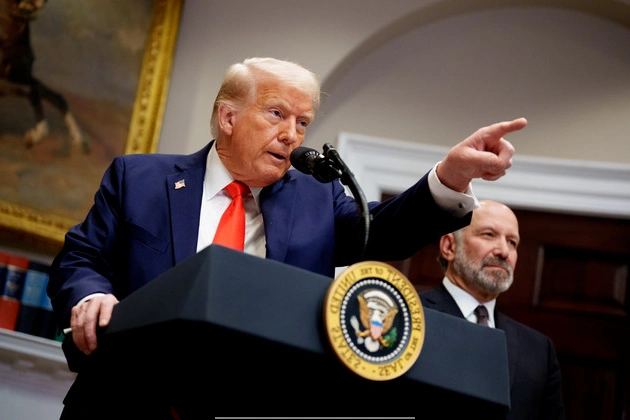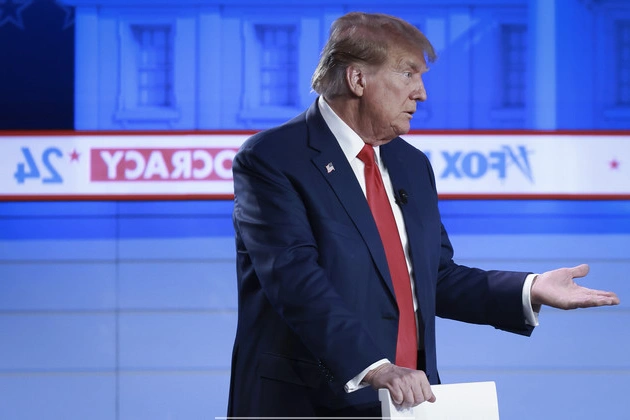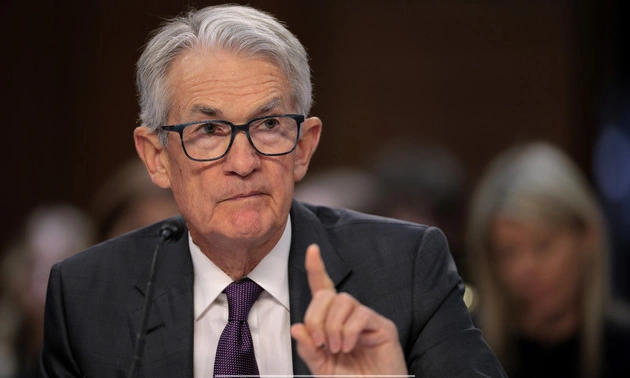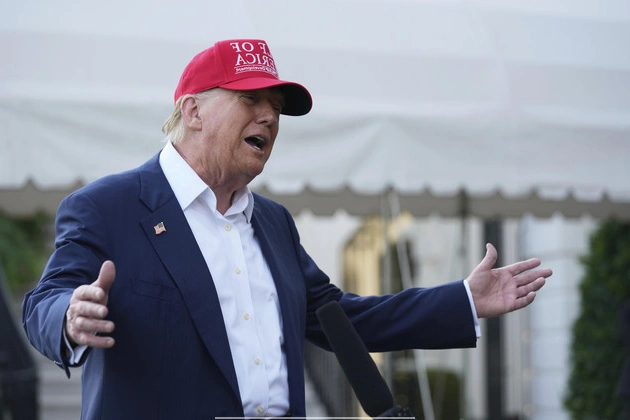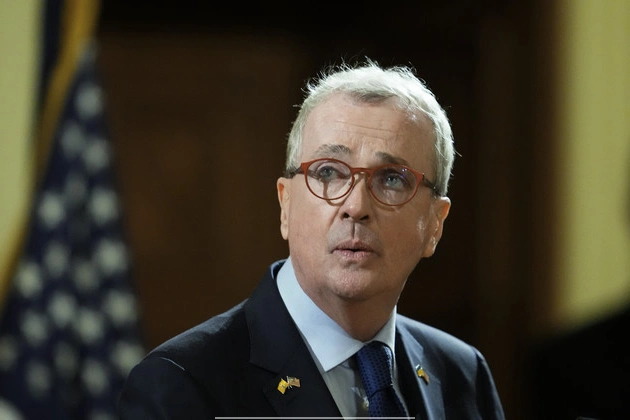
Crypto Market Regulation and Risk Management: A Comprehensive Analysis
A comprehensive regulatory framework is crucial for managing the risks inherent in the $3 trillion cryptocurrency market. Without proper oversight, there is a looming threat of financial fraud, scams, and potential calamity, as highlighted by departing Commodity Futures Trading Commission Chair Rostin Behnam.
The Urgency of Regulatory Action
Behnam emphasizes the urgent need for policymakers to introduce new guardrails to protect investors and ensure market stability. The current lack of comprehensive regulation leaves the crypto market vulnerable to manipulation and fraud, with the potential for catastrophic consequences similar to past financial crises.
While President-elect Donald Trump is expected to usher in a new regulatory era for crypto, the process of establishing a robust framework could take years. In the meantime, the industry faces significant risks that could escalate without proper oversight.
Rising Concerns Amid Market Growth
The meteoric rise of the crypto market, fueled by increasing mainstream interest and investment, has raised concerns about the proliferation of fraudulent activities. Behnam warns that the market’s current trajectory could lead to a surge in fraud and manipulation-based enforcement actions in the near future.
Moreover, external factors such as macroeconomic conditions can swiftly impact the market’s direction. Recent events, like the Federal Reserve’s measures to combat inflation, have demonstrated the interconnectedness of traditional financial markets and cryptocurrencies.
The Need for Regulatory Clarity
A lack of federal oversight over crypto commodity tokens, such as bitcoin, underscores the need for regulatory clarity and enforcement. While the Commodity Futures Trading Commission oversees crypto derivatives, the Securities and Exchange Commission manages assets akin to stocks and bonds.
Legislative efforts to enhance regulatory oversight, like the bipartisan bill proposed by House lawmakers, aim to address gaps in the regulatory framework and provide a solid foundation for market growth and investor protection.
Industry Perspectives and Legislative Outlook
Crypto advocates and industry experts are hopeful that lawmakers will prioritize the establishment of a clear regulatory framework for digital assets. The absence of regulatory certainty not only hampers market development but also exposes investors to unnecessary risks.
Behnam advocates for proactive regulation as a preventive measure against potential market crises. He believes that a well-defined regulatory framework is essential to safeguard investors and maintain market stability in the face of evolving economic conditions.
In conclusion, the crypto market’s future hinges on effective regulation that balances innovation with investor protection. By addressing regulatory gaps and promoting transparency, policymakers can foster a sustainable and resilient market ecosystem.







